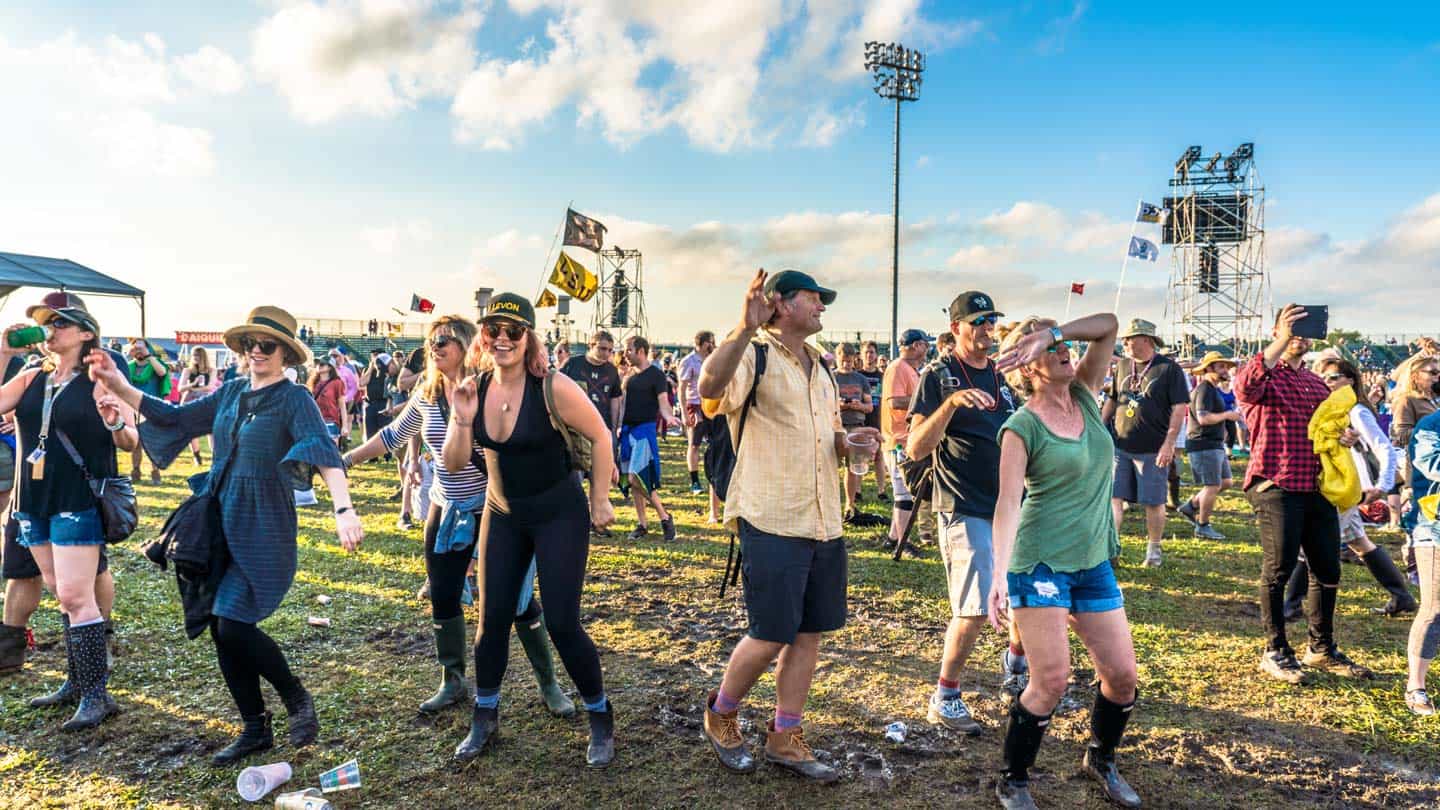
The New OrlEans Jazz & Heritage Festival PRESENTED BY SHELL
In the early days, the festival wasn’t the world-famous event that it is today – one that attracts hundreds of thousands of visitors to New Orleans and pumps $350 million a year into the local economy. It is often said that at the first Jazz Fest there were more performers onstage than people in the audience. But the founders believed that Jazz Fest would one day grow into a major success. Everyone involved wanted to make sure that the festival’s proceeds would be redistributed into the local community.
In 1970, George Wein, jazz impresario behind the Newport Jazz Festival and the Newport Folk Festival was hired to design and produce a unique festival for New Orleans. The New Orleans Jazz & Heritage Foundation, a nonprofit organization, was established to oversee the new festival.
From the very beginning, the New Orleans Jazz & Heritage Festival presented by Shell was envisioned as an important event that would have great cultural significance and popular appeal. The Festival was the culmination of years of discussions and efforts by city leaders who wanted to create an event worthy of the city’s legacy as the birthplace of jazz.
Wein’s concept of the Louisiana Heritage Fair—a large daytime fair with multiple stages featuring a wide variety of indigenous music styles, food booths of Louisiana cuisine, and arts and crafts booths, along with an evening concert series—formed a construct that would prove vastly appealing and enduring.
In its inaugural year, only about 350 people attended the Festival, about half the number of musicians and other participants in the event. But the Festival, which became known as “Jazz Fest” almost immediately, was a great artistic success. When Jazz Fest was held the next year, it was clear that the event had already outgrown Congo Square.
With 12 stages of soul-stirring music—jazz, gospel, Cajun, zydeco, blues, R&B, rock, funk, African, Latin, Caribbean, folk, and much more—the New Orleans Jazz & Heritage Festival presented by Shell is firmly established as a singular celebration of both historic and contemporary significance.
